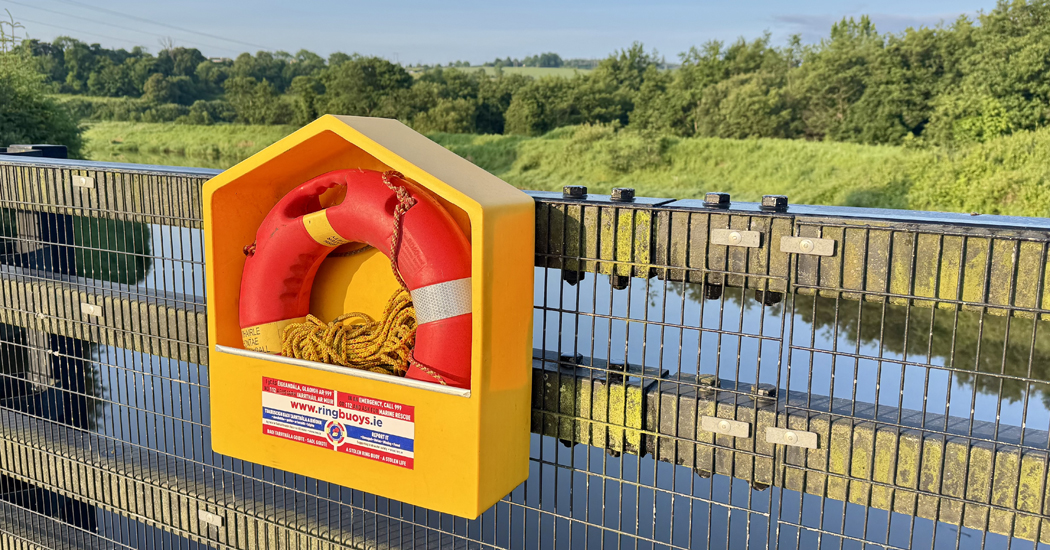Donegal County Council has been urged to upgrade CCTV in Letterkenny to catch vandals in the act.
In recent months, the town has been impacted by various incidents, including the reported tampering of life rings and graffiti.
Councillor Tomás Seán Devine has asked the Letterkenny-Milford Municipal District to upgrade the camera at the Polestar Roundabout to allow for ‘zooming in’ on the bridge.
The upgrade, he said would “help identify those responsible for throwing life buoys into the river and would help identify those who may enter the water as well.”
“I would also call on heavier penalties to be given out to those who are prosecuted for such acts of vandalism. This life-saving equipment was thrown in at least two times in the last two months,” Cllr Devine told a meeting on Tuesday.
“These people seem to be throwing them in for the craic, but you wouldn’t let the wheels down on an ambulance for the craic, or empty the water from a fire engine for the craic.”
Cllr Devine’s motion was seconded by Cllr Michael McBride, who said that cameras should also be used against graffiti.
“The graffiti that has been happening around the town is nothing short of vandalism,” said Cllr McBride, calling on the council to engage with gardaí on the matter.
“It’s serving no purpose having graffiti all over the town,” he said.
“We need to be speaking to the guards to see why we can’t find the culprits from cameras on the Main Street in Letterkenny.”

Grafitti in Letterkenny at the old ESB site. Photo: Donegal Daily
In response to Cllr Devine’s motion, a council spokesperson said there are currently no plans to upgrade CCTV at the Polestar roundabout.
“Such a proposal would be challenging regulation-wise, as well as requiring significant funding,” said Seamus Hopkins, Senior Engineer of the Water & Environment section.
The Council’s Environment and Piers & Harbours Sections are jointly undertaking a pilot project using ‘smart ring buoy’ sensor technology in 20 locations to provide an alert when a ring buoy is removed from its housing. If the buoy is returned, the sensor resets; otherwise, arrangements can be made to have the buoy replaced. The technology allows the removal of a buoy to be addressed straightaway rather than awaiting the next inspection visit – or a report from the general public.
Mr Hopkins said that the system has been in place at the Port Bridge for over a year and “during that time there have been no ring buoys taken or used”.








